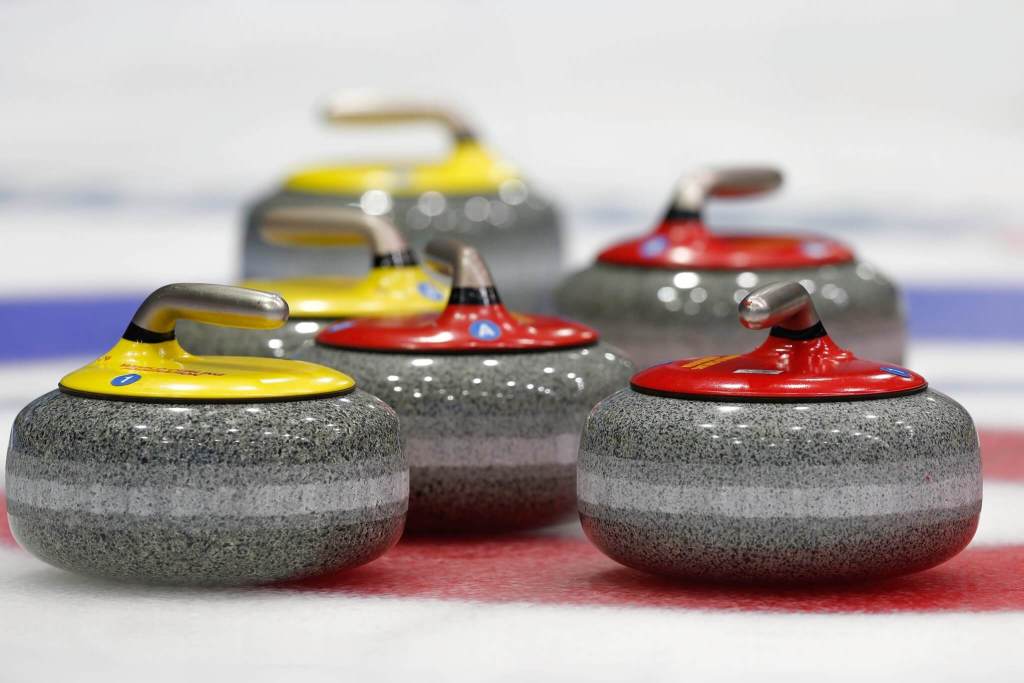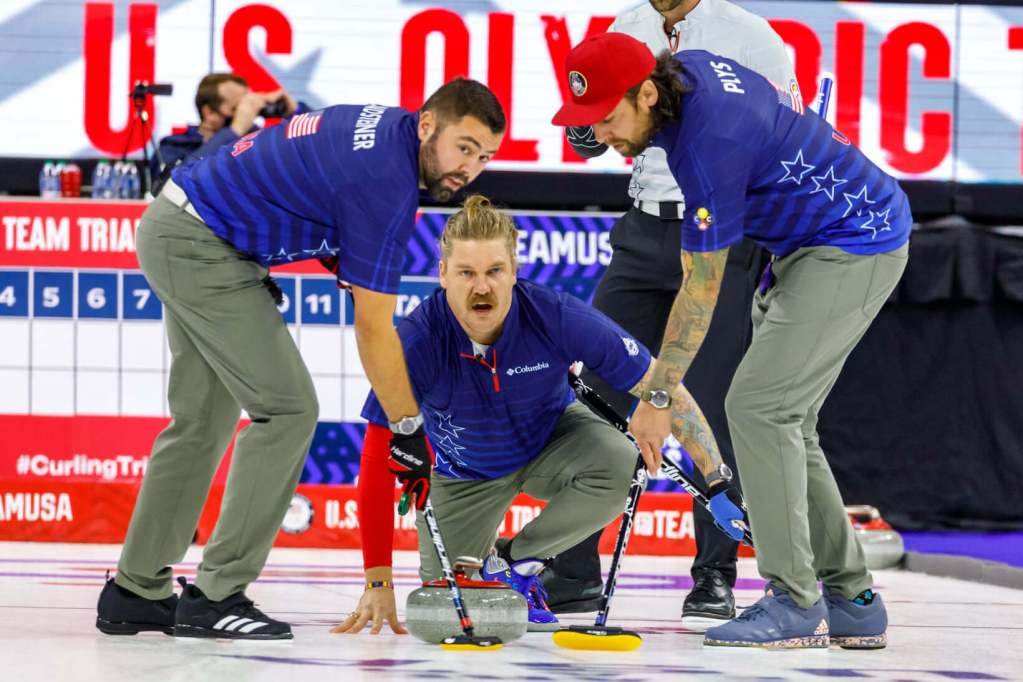Playeasy Sport of the Week: Curling
About Curling
Did you know references to the sport of curling go back as far as the 1530s in Scotland and the Netherlands as a winter pastime on frozen ponds? In the following centuries, the sport spread internationally and was first recognized as a demonstrated sport in the 1932 Winter Olympics at Lake Placid. The International Olympic Committee recognized curling’s official Olympic debut in 2006. Today, curling allows a wide age and ability range to compete recreationally or competitively across the US and internationally. (1).

About USA Curling
USA Curling is the national governing body for curling in the United States. “Our goal is to provide the opportunity for curlers in the US to compete in national championships and access competitive pathways within this sport. We work with all levels and age groups, starting at U18 all the way up to seniors,” Aaron Kaylor, Manager of Curling Events at USA Curling says. USA Curling also assembles and manages the national teams that compete in Worlds, the Olympics, and all additional high-level competitions.

The Game
There are 2 main variations of curling – traditional team curling and mixed doubles. In traditional team curling, 4 people on a team take turns throwing stones across a sheet of ice while their teammates sweep ahead of the stones’ path. The object is to have the stone closest in ‘the house’. The house is like a bullseye, with circular rings on either end of the ice sheet. The team with the stones closest to that center scores one point per stone. Mixed doubles involves two players per team – one man and one woman. This variation is played with a few differences in the rules, but with the same object to sweep and throw stones closest to the house.
Lots of strategy is involved in the game. Players are allowed to knock the other team’s stones out of the way. Guarding is also very important, where players try to put stones in front of their best positioned stone, so the opposing team doesn’t knock them out.

Events
“We run quite a few National Championships. We have 11 National Championships every year. Most of those are concentrated in that traditional curling season, which runs from November to April. Some National events have Regional Playdowns. We work with those regions to set up what we call Playdowns, which are essentially playoffs that feed into Nationals. Teams advance through their region to Nationals and then we run each National Championship location-wise. They bounce around a bit. We want to provide opportunities to play across the country.”
Aaron Kaylor, USA Curling
Clubs have multiple leagues for age groups ranging from beginners’ leagues, to U18, to senior leagues. A lot of them are running leagues through the year. Each club will have their own club winner in 2022. Additionally, lots of clubs will run what curling calls Bonspiels. Bonspiels are essentially tournaments with various prizes and fun themed names. The most common one is the Cashspiel, where the winner receives a cash prize. “Those are open registration for whoever would like to play. They will have a field of as many as 100 people coming to hang out and curl for the weekend,” Kaylor continues.

What Does Curling Need from Hosts?
Curling’s venue needs shift depending on the event. Many Regionals, Playdowns, and Nationals are held at Curling Clubs across the country. For their largest National events, including Men’s & Women’s and Mixed Doubles, USA Curling looks for arenas. Their ideal space is typically 1,000-5000 seating capacity, with locker rooms, ice, and proper conditions to keep their ice cold. USA Curling needs a venue for 10-14 days, with Men’s & Women’s and Mixed Doubles Nationals being a 6-7 day event plus an additional 5 days for ice prep. “We can fit 5 curling sheets on an NHL arena rink. We have a head ice tech come in 5 days before the event to install the ice on top of the hockey ice. Curling ice is very different than hockey ice. We are really using the arena to keep the ice cold because we are not using their ice,” Kaylor shares.

Growth
Curling sees a large spike in interest during the Winter Olympics with an influx of eyes on the game. USA Curling harnesses such momentum and has kept the sport growing in recent years. Additionally, growing the sport comes down to encouraging youth participation. USA Curling is hosting its inaugural USA Curling Junior Camp from August 1-4, 2022, in Blaine, MN. For ages 12-20, the camp will instruct competitive curling and help youth athletes enhance their game. “Curling is one of those sports that people can pick up later in life, which is amazing. At the same time, to grow that high level, you need to develop the youth level. We are working on building that youth pipeline. This camp is the first one. It should be great; we are looking forward to getting those kids out on the ice,” Kaylor says.

How to Get Involved
The best way to get involved in the sport is to go to USA Curling’s website and utilize the ‘Find a Club’ feature in the ‘About Us’ dropdown. There, users can search by zipcode, city, address, and it will list the clubs in your area. To practice with experienced players, many curling clubs host events called ‘Learn to Curls’. Individuals or groups can book a ‘Learn to Curl’ with the club for a few hours where players provide curling instructions and then the group plays the game after learning the basics. “That is the best way to learn for sure. It’s a great way to see what the game is about and get some instruction, as opposed to just going out there and throwing them on your own,” Kaylor notes.

Open RFPs
“For our Men’s & Women’s and Mixed Doubles National events, we are in the midst of the RFP process for 2023 and 2024,” Kaylor shares. To see if you could be the right host, check out these RFPs on Playeasy here.
To learn more about USA Curling and follow them on Playeasy, head to their Playeasy profile here.
USA Curling on Social Media




